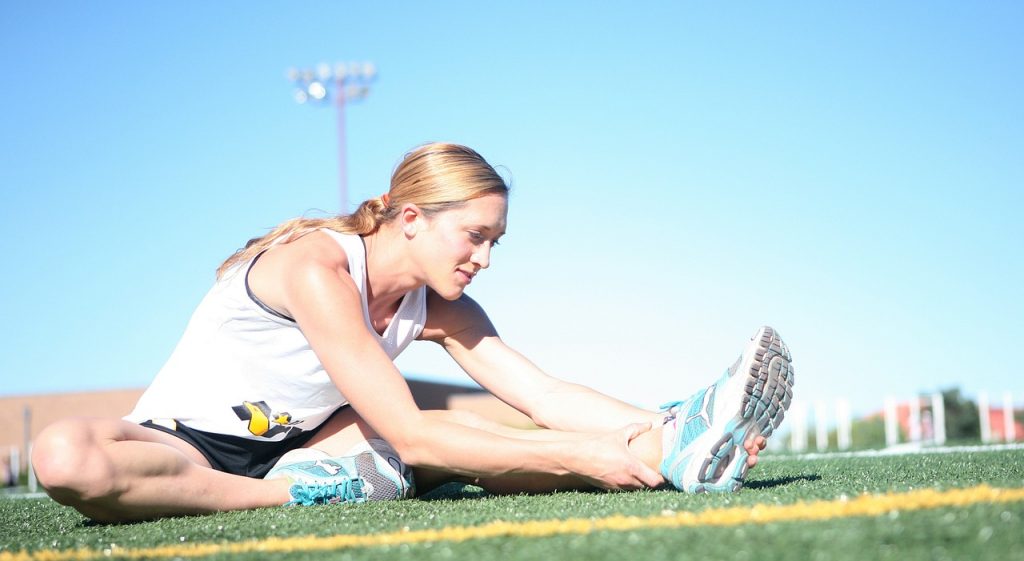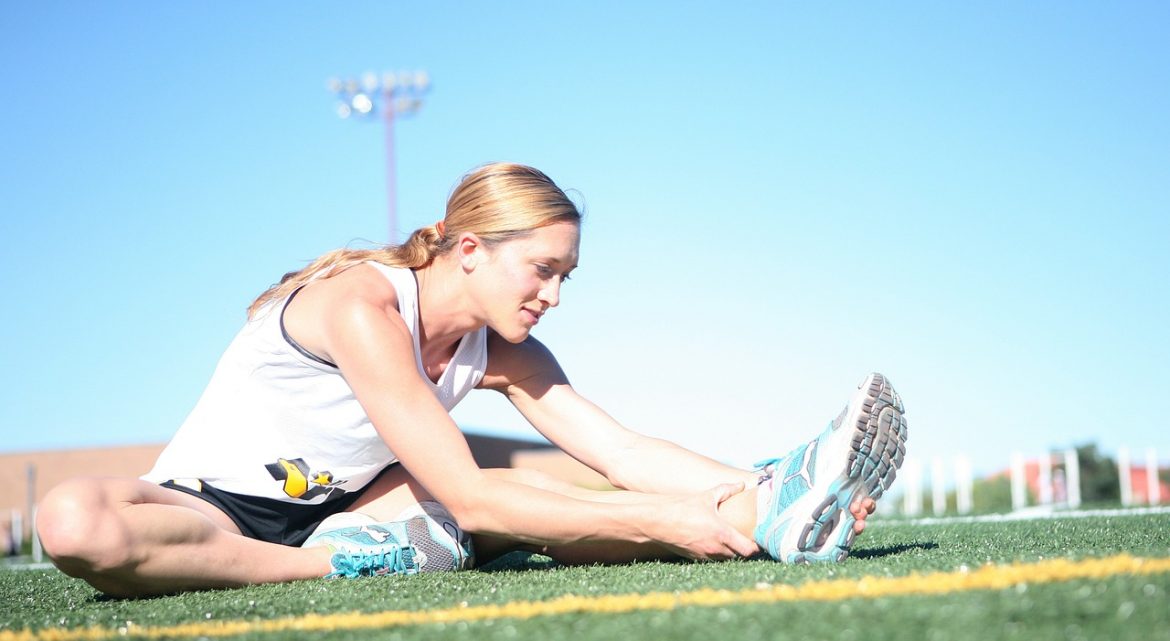Stretching and Flexibility / Joint Range of Motion
 Many different stretching strategies and protocols are utilized to maintain and improve health. One effect of stretching is its effect on myofascial tissue to improve its flexibility, thereby improving joint range of motion (ROM).
Many different stretching strategies and protocols are utilized to maintain and improve health. One effect of stretching is its effect on myofascial tissue to improve its flexibility, thereby improving joint range of motion (ROM).
Study
A review from the University of Palermo in Italy evaluated the current body of literature to understand the relationship between stretching and joint ROM. Twenty-three articles were included in the quantitative review. Three factors were evaluated.
- The type of stretching technique performed and its effect upon increasing joint ROM.
- The relationship between stretching volume and ROM. The term “volume” in this context refers to the amount of time spent stretching. Volume could refer to the amount of time spent stretching during a single session or the total amount of time spent stretching during a period of time, for example, weekly.
- Frequency of stretching (as measured by the number of sessions per period of time, for example, weekly).
Results
- All types of stretching showed ROM improvements over the long term.
- Static protocols showed the most significant gains when compared to the ballistic or proprioceptive neuromuscular facilitation (PNF) protocols.
- The amount of time spent stretching a particular muscle group during a single stretching session did not seem to be important toward increasing joint flexibility.
- The overall volume of stretching during a week did correlate with increased joint flexibility, as long as the total amount of time spent stretching the muscle group per week was at least five minutes.
- The frequency of stretching sessions per week was also positively correlated with increased joint ROM.
The authors summarized that based on the evaluated data, stretching at least five days per week for at least five minutes per week using static stretching is likely to have beneficial effects toward improving joint ROM.
Comment by Robert Schleip
Robert Schleip suggested the following: As an average desk worker with slightly decreased joint range of motion, you could experiment with stretching your hamstrings each day for one minute from Monday to Friday while brushing your teeth in the morning. If successful, your yoga teacher should notice the difference after three to six months, without you telling her/him anything about it beforehand. 🙂
Comment by Joseph Muscolino
It is a bit surprising to me that static stretching protocol was found to be more successful than other stretching protocols evaluated. However, it should always be kept in mind that when a “metastudy” like this done, the uniformity between the various studies evaluated is not always consistent. Therefore, there is not always an “apples to apples” comparison with metastudies. However, there are three takeaway points from this study that are important:
- All stretching protocols resulted in increased joint range of motion.
- Overall volume of stretching per week seemed to be more important than how much time is spent during any one stretching session.
- Frequency of stretching (number of stretching sessions per week) was important.
This blog post article was written in collaboration with www.terrarosa.com.au.
Digital COMT
Did you know that Digital COMT (Digital Clinical Orthopedic Manual Therapy), Dr. Joe Muscolino’s continuing education video streaming subscription service for massage therapists (and all manual therapists and movement professionals), has at present (September of 2018) more than 1,000 video lessons on manual therapy continuing education, including entire folders on massage therapy, stretching, and joint mobilization. And we add seven (7) new videos lessons each and every week! And nothing ever goes away. There are also folders on Pathomechanics and Anatomy and Physiology, including an entire folder on Cadaver Anatomy… and many, many more on other manual and movement therapy assessment and treatment techniques? Click here for more information.


